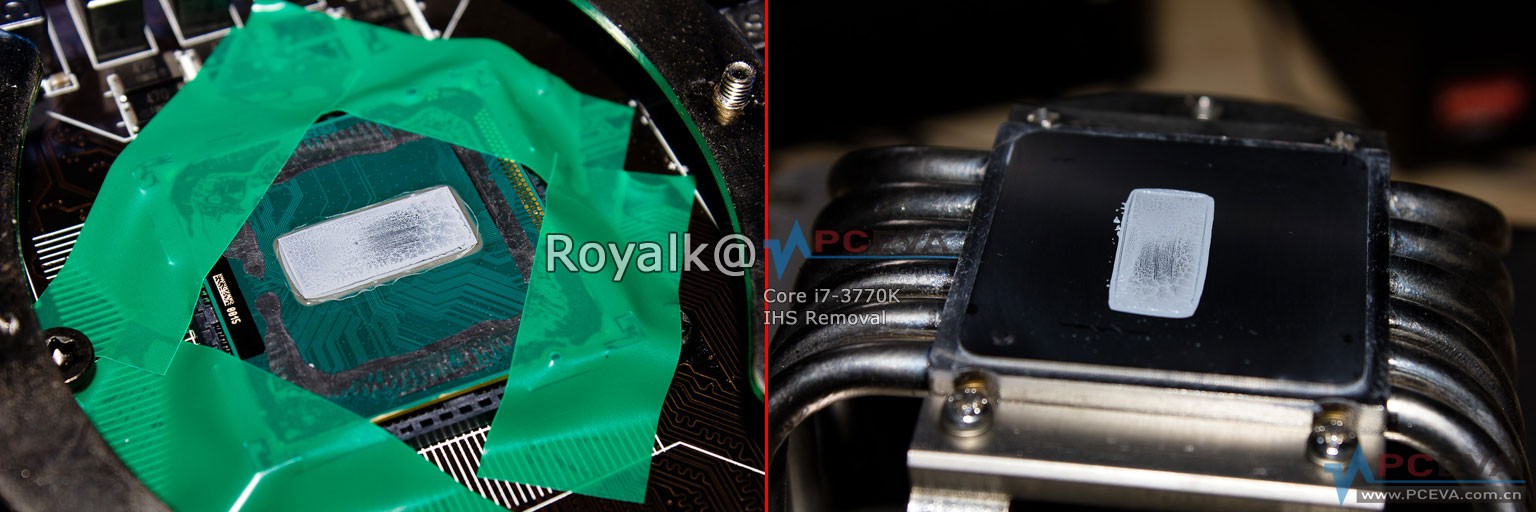+1 There could be many reasons. My bet is on less stress on the chip. Maybe people have been bringing in cracked chips under warranty and Intel analyzed them finding too much pressure was placed on with the CPU cooler. So it has resulted in more costs to Intel.... wait, are we back to money again? Hmmmmm.... So maybe Intel has found a way save money by eliminating $10 worth of flux solder from the package, save warranty money because the TIM is more flexible causing fewer RMAs, AND it is harder to overclock because these chips overheat, so Intel can sell more flux-free-soldered "extreme" chips and charge twice as much for a process that probably only costs them $10. Brilliant.
$10? more like 2 cents, if that. This is penny pinching in the extreme. This is some jerk at Intel getting a bonus by screwing the consumer.
This is everyone chanting about how this is "ok" having lost perspective. This is like when amd fans refused to believe bulldozer was a failure. Wake up and stop offering excuses.
![[H]ard|Forum](/styles/hardforum/xenforo/logo_dark.png)


